Share of renewables in the US electricity generation mix
42% in 2050*
About our Grid Support focus
Modern grids increasingly require a range of technical services that have historically been provided by large thermal generators and industrial loads. Inertia, the ability to dampen changes to a grid operating frequency and avoid blackouts, can be provided by technologies like synchronous condensors. Fast response and voltage support services can also be provided on short timeframes by batteries and co-ordinated demand response. Quinbrook views these technologies as critical enablers of a secure grid that can accommodate high volumes of intermittent renewable capacity.
Quinbrook expects investment demand for new grid support infrastructure (such as synchronous condensers) to grow strongly in the UK, with installations over the coming years driven in part by new procurement programmes such as the National Grid Pathfinder in the UK. Quinbrook’s Rassau Project is the first ‘new build’ synchronous condenser project in the UK and has secured a stability services contract with National Grid which, when built, will provide valuable stability support to the Welsh power grid.
Quinbrook also expects an increased number of battery storage and demand response investments to be underwritten via grid support contracts with system and transmission operators.
Key Points
- Rassau Grid Services is a synchronous condenser project located in Wales which is designed to provide much needed grid stability by increasing network inertia and is on track to reach operations by October 2021.
- Flexitricity operates a 540 MW Virtual Power Plant portfolio comprising a mix of battery storage and industrial demand response assets that participate in the UK’s ancillary services markets.
* EIA, Annual Energy Outlook, 2021, see link (accessed 6 July 2021).
See latest articles about Grid Support
See all
Grid Support Projects
Quinbrook is proving up a pipeline of Grid Support projects across the US, UK and Australia
Interested to hear more?
Reach out to find out more about Grid Support and the role it can play in the Net Zero transition
Contact Quinbrook
 Investor login
Investor login

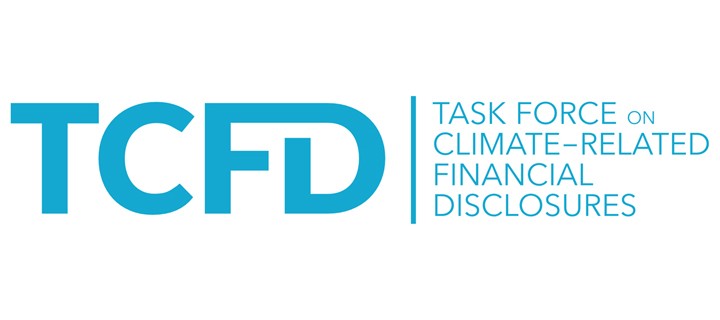
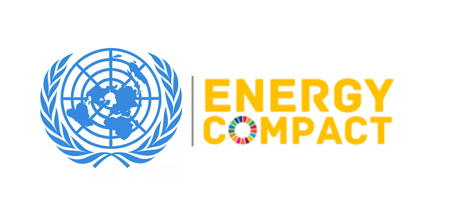
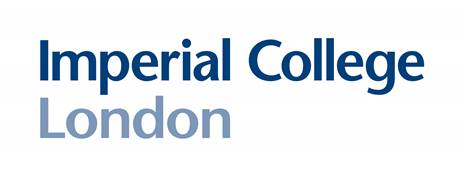
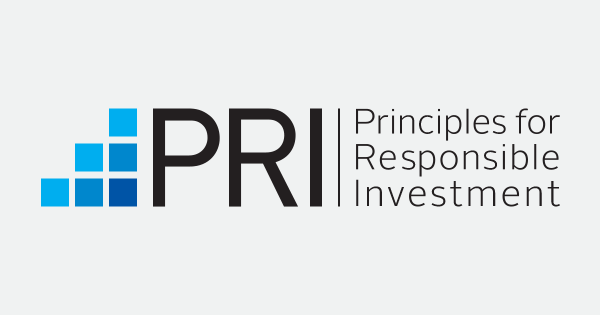
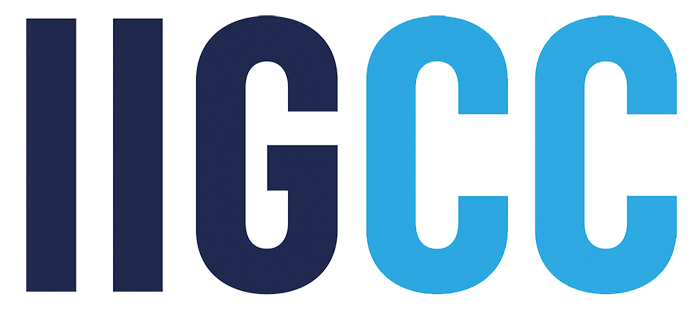

The variability of wind and solar generation poses challenges for traditional grids. Grid support is reuqired to ensure a green grid can operate securely and reliably.